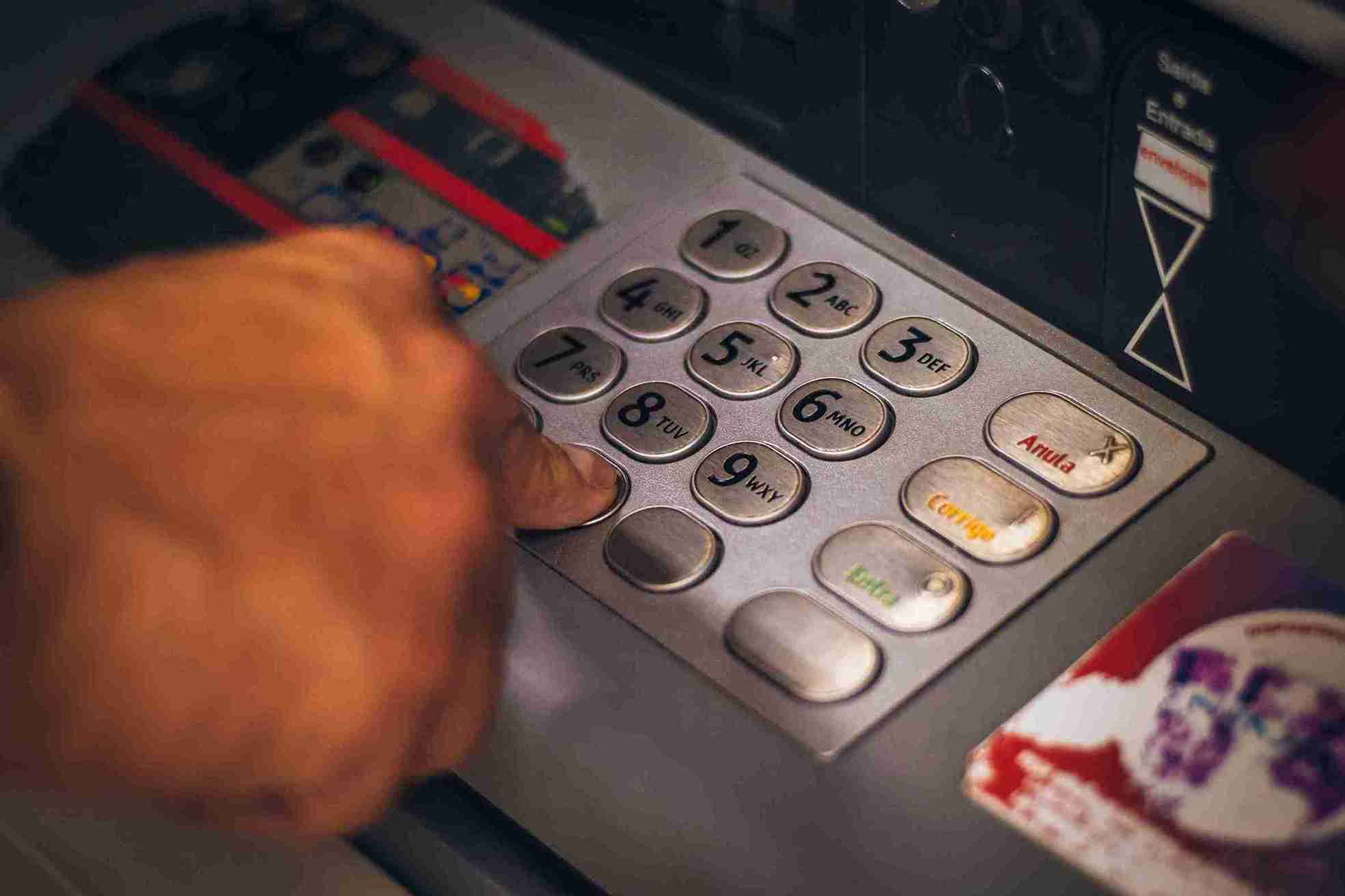Overdraft vs Personal Loan: Which is Better?

There are times when we need extra funds. However, our needs can be different, and so can the borrowing pattern. Hence, a clear understanding of the various types of credit facilities, such as overdrafts and personal loans, is crucial. This can help you make an appropriate choice depending on your financial situation, needs, and repayment capabilities.
In this blog, we will deep dive into these concepts while highlighting the key differences between an overdraft vs personal loan. Read on to get insights about the same.
Understanding Overdrafts
An overdraft is a credit facility offered by banks and financial institutions to businesspeople to meet expenses related to their business.
An overdraft allows borrowers to withdraw funds from their current or savings account up to a specified limit, even if they do not have sufficient funds in their account. The withdrawal limit under a bank overdraft varies from lender to lender, and interest is charged on the actual amount overdrawn.
Understanding Personal Loans
A personal loan is an unsecured credit facility offered by banks and financial institutions where the borrower repays the amount in equated monthly instalments within a stipulated period. It allows the borrower to secure funds without any collateral.
The lending institution charges interest on the principal amount, which can vary from lender to lender.
Overdraft vs Personal Loan: Key Differences
Here are some of the key differences between OD vs personal loan, based on several parameters:
|
Difference between Loan and Overdraft based on |
Overdraft |
Personal Loan |
|
Loan Amount |
Once the bank overdraft amount is credited into your account, you can withdraw from it based on your requirements up to a certain limit. This is perfect for fluctuating fund requirements. |
You receive an agreed sum, which is perfect for meeting substantial fund requirements in a lump sum. |
|
Repayment |
There is no fixed repayment schedule. You can pay the withdrawn funds at your own pace, offering more flexibility. |
The borrower is required to repay the entire amount in fixed monthly instalments within a stipulated time frame. |
|
Interest Rate |
Interest is charged on the actual amount you have withdrawn. |
Interest is paid on the entire principal amount. |
|
Processing Time |
Once the overdraft is granted, the facility is instant, i.e., you can withdraw as and when required. |
There is a processing time of 2 to 3 working days each time you avail of a personal loan. |
|
Fund Disbursal |
There is no fund disbursement. Instead, a credit limit is offered to you and you can withdraw funds from your account as and when required. |
The agreed amount is disbursed to your account once the loan application is approved. |
Overdraft vs Personal Loan: Which is the Better Option?
The choice between the two depends on your financial needs, goals, and circumstances. A personal loan offers lump sum funding along with a structured repayment plan, making it ideal for those who have planned expenditures to incur.
On the other hand, the bank overdraft facility offers flexibility along with immediate fund access, making it ideal for uncertain or fluctuating fund requirements.
Let’s understand which is better with the help of several scenarios:
- If your required amount is small for a shorter tenure, then an overdraft facility can be a good option.
- If you have a sizable fund requirement with a medium to longer tenure, then a personal loan can be a better choice.
- However, if you prefer disciplined repayment, then you can consider a personal loan, as it offers you a structured repayment plan. If your requirement is frequent, uncertain, and in smaller amounts for a shorter tenure, availing of an overdraft would be an informed decision to make.
The Bottomline
To sum up, an overdraft is a credit facility that allows borrowers to withdraw funds beyond their actual account balance up to a specified limit. A personal loan is an unsecured credit facility that allows quick access to funds that have to be repaid in monthly instalments within a specified tenure.
Both overdrafts and personal loans come with their own unique set of benefits and drawbacks. Understanding overdraft vs personal loan thoroughly will help you make an informed choice based on your financial situation, needs, and objectives.
|
You may also be interested to know |
|
|
1. |
How to Open a Swiss Bank Account |
|
2. |
Types of Banking Frauds - How to Prevent Them |
|
3. |
Home Loan Benefits for Women in India |
|
4. |
Consequences of Credit Card Default |
|
5. |
How to Take a Loan Against a Credit Card |